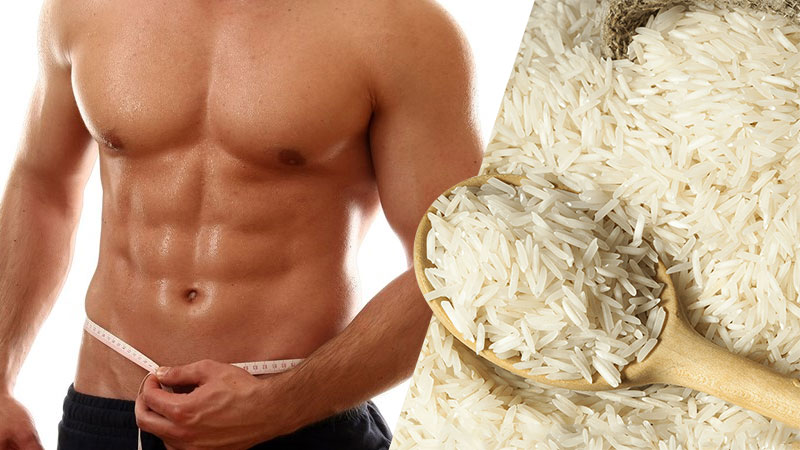
At the forefront of dieting there is this never-ending debate about carbs. Are you supposed to eat them? If so, then how much? Do the dietary planets have to be perfectly aligned to enjoy them and be lean?
Introducing – carb cycling. The smart way to eat carbohydrates, while fueling and accelerating your physique goals. Here’s what you need to know…
Article Brodown:
- What is carb cycling?
- Does it work?
- Is carb cycling for me?
- How to cycle carbs
- Cycling strategies
- Four hidden secrets of carb cycling
- Final word
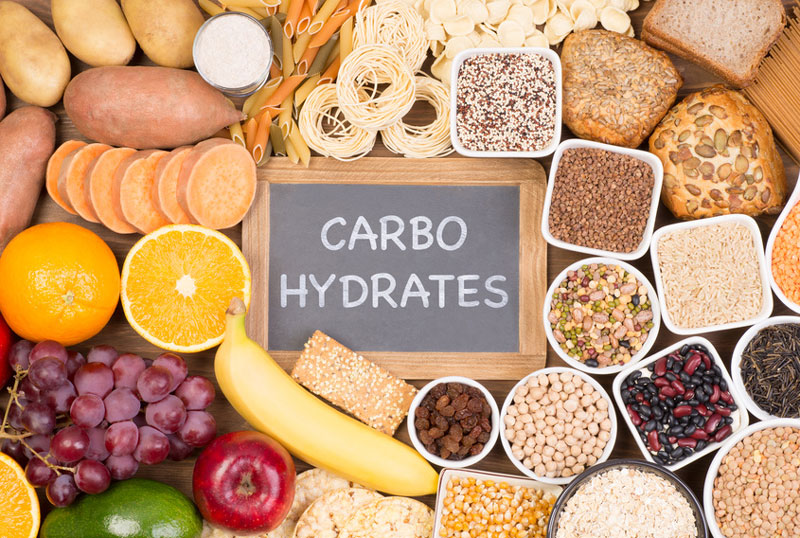
What is carb cycling?
Carb cycling, like many diet trends, was born out of the failure of stationary diets. By stationary diets, we are referring to eating the same amount of carbs/protein/fat and overall calories each day.
The problem with a stationary diet is that our bodies are highly adaptive. As soon as you become used to the same amount and type of food, you stop burning fat as energy, ultimately slowing down your metabolism
Also, what about rest days? Or the sessions you go all-out? It just doesn’t make sense to eat the same for both.
Carb cycling fixes the stationary problems that plague normal diets, as well as the failures of low carb diets. In carb cycling, you eat different amounts of fats/protein/carbs, depending on the day.
Carb cycling is sort of a misnomer; it should really be called macro cycling. The most common method is to raise carbs and decrease fat on training days (which gives you energy to train), while increasing fat and decreasing carbs during lighter weights, cardio or rest days (to promote fat burning).
High-carb days
High-carb days typically call for 2 to 2.5 grams of carbohydrates per pound of bodyweight. They are usually your highest calorie days, which also tend to be the hardest workout days.
Did somebody say back and legs? Let’s do it, bro!
Your body will need the extra carbs for these intense workouts. Therefore, it’s essential to eat ample amounts for fuel.
Low-carb days
Low-carb days typically call for about .5 grams of carbohydrates per pound of bodyweight.
These are usually your second highest calorie days, which also tend to be your less intense workout days. Consider the likes of chest, shoulders, and arms, or medium-intensity cardio.
For some, including us, they’re also your lowest calorie days.
No-carb days
No-carb days typically call for less than 30 grams of carbohydrates.
They are usually your lowest calorie days and tend to be your rest days as well. You won’t need any carbs to function since you aren’t working out, although your body will prefer that you eat them.
Unless you’re undergoing serious prep for a contest, photo shoot, or weighing in for a fight – steer clear. Carbohydrates are known to help the anabolic muscle building process by improving protein synthesis.

Does it work?
As there isn’t much research into specific carb cycling diets – a lot of its effectiveness is credited in testimonials. Bodybuilders and athletes especially gravitate towards it, as unlike a stationary diet, the flexibility suits their lifestyle.
Theoretically though, it should work.
By reducing carbohydrates, you typically lower calories too, meaning you’re more likely to enter a calorie deficit. Plus, with less carbs in your system, your body should start to use excess fat for fuel. It’s a double-win.
Evidence also suggests that reducing carb intake can increase insulin sensitivity, which has been linked to better body composition. That means lower levels of body fat and a leaner look. [1]
Wait, but what about the high-carb days?
Chill bro! Upping your starches is backed by science too.
Firstly, your high-carb days burn more calories. You can work out harder, kicking the metabolism into overtime with killer sessions, while increasing your BMR by building muscle.
Secondly, your high-carb day also boosts hunger-preventing leptin. This will help stop your metabolism from slowing down or letting you fall into a hangry binge [2]. If your goal is to lose weight, planned high-carb days are important for morale and motivation.
Is carb cycling for me?
Carb cycling is ideal for anyone looking to lose a few pounds and/or stay lean. After all, it emphasizes rotating carbohydrates to trigger fat burning.
Rather than cut calories and starches across the board, carb cyclers can periodically eat the food they enjoy. So, if you’ve fallen of the wagon in the past because you can’t say no to pasta, try it.
Another factor to consider is your activity level. If you’re already hitting the gym hard, have an active job, or you’re an athlete, then yes – carb cycling is for you. With this method you can make sure you’re getting enough fuel on your barbell badass days [3], and the right amount on your rest days.
Last, but not least, have you hit a plateau? If so, carb cycling could give your metabolism and hormones the wake-up call they need. Only when they’re optimized will they effectively target your unwanted fat stores.
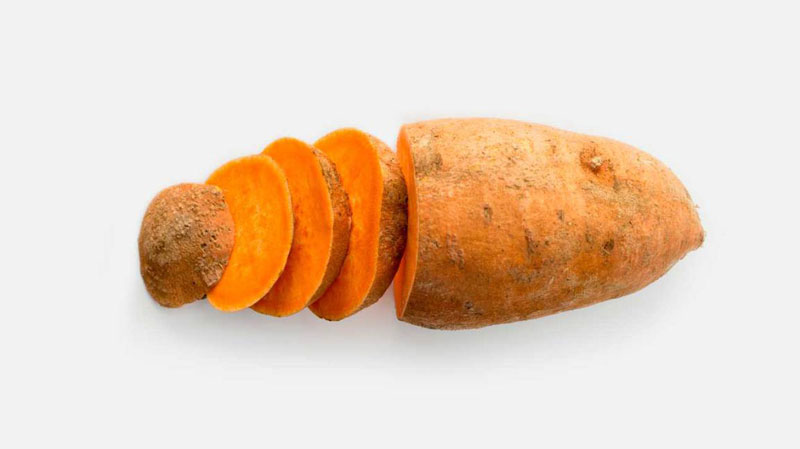
How to cycle carbs
To make carb cycling work for your goals it’s important to track your food. Only by doing so can you home-in on the results and tweak your plan.
In this guide we’re going to look at two goals; fat loss and maintenance. For a detailed guide on achieving a lean bulk without adding fat click here instead.
Before you get started though, you need to find your total daily energy expenditure. This is the number of calories you’ll typically burn through in a day. Here’s the formula, bro:
First, work out your basal metabolic rate (BMR). This is the absolute minimum number of calories needed to keep your vital organs pumping:
BMR = 66 + ( 6.23 x weight in pounds ) + ( 12.7 x height in inches ) – ( 6.8 x age in years )
Next, multiply your BMR by your activity level. Be super honest here as applying the wrong amount can make or break your physique goals:
- Sedentary (little or no exercise): BMR x 1.2
- Lightly active (light exercise/sports 1-3 days/week): BMR x 1.375
- Moderately active (moderate exercise/sports 3-5 days/week): BMR x 1.55
- Very active (hard exercise/sports 6-7 days a week): BMR x 1.725
- Extra active (very hard exercise/sports & physical job or 2x training): BMR x 1.9
Got it? Sweet. This number is how many calories you burn on average every day – aka your Total Daily Energy Expenditure (TDEE).
Tip: As you lose or gain weight your BMR and TDEE will change. Check back in with this formula once a week to keep your diet optimized.
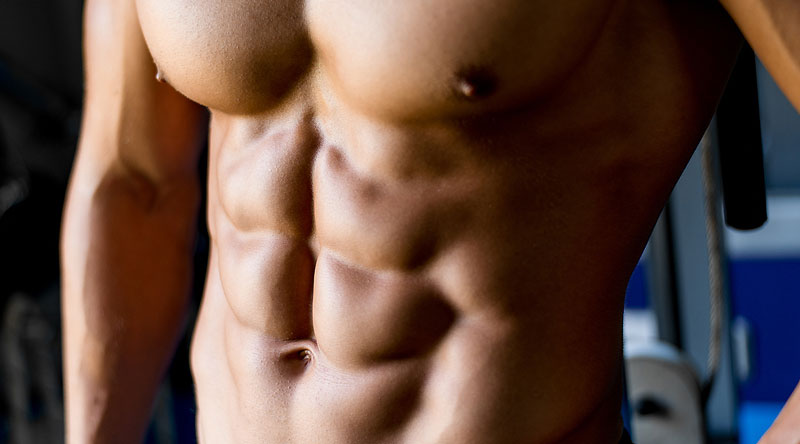
Carb cycling for fat and weight loss
Got summer shreds and a six pack in mind? Awesome. It’s time to cycle your carbs for fat and weight loss.
In order to lose fat weight, you’ll need to enter a calorie deficit. This should be around -25% of your TDEE on low carb days, and 10% on higher.
Next, you must work out your macros to plan your carbs. Here’s how to do it…
No matter what day it is, protein should remain at 1 g per lb of body weight. Consequently, fats will change to suit how many calories are left over.
In terms of carbs – they should make up 50% of your calories on high-carb days, while representing 20% on low-carb days.
Follow these three rules to get it right every time:
- Protein = 1 g per lb of body weight every day
- 50% of kcals are carbs on high days, 20% on lower
- Fats = any remaining calories
Carb cycling for maintenance
Already a lean, mean, aesthetic machine? You’re gonna want to maintain, bro. Here’s how to stay looking your best:
- Protein = 1 g per lb or body weight every day
- 50% of kcals are from carbs on high days, 25% on lower
- Fats = any remaining calories

Cycling strategies
A super common cycling strategy for maintenance is the 3:2 – Low:High method. This is a simple five-day cycle consisting of three low-carb days followed by two high ones. Check out this example plan:
- Monday – Low
- Tuesday – Low
- Wednesday – Low
- Thursday – High
- Friday – High
- Saturday – Low
- Sunday – Low
- Etc.
For some, this strategy is great. When it comes to others, it’s restrictive. Have a try yourself and record your results.
Wait, I want to lose weight! What do I do instead?
To target fat and weight loss, many people prefer the 3:1 approach. Using this method is actually pretty easy because your high-carb day just moves around throughout the week. Here’s an example plan:
- Monday – Low
- Tuesday – Low
- Wednesday – Low
- Thursday – High
- Friday – Low
- Saturday – Low
- Sunday – Low
- Etc.
If you’re going to go for this method, we’d recommend aligning your high-carb day with your hardest gym session.
But I’ve already got my workout week on lockdown. Do I need to change it?
In short – no. Make carb cycling suit your favorite way to train and not the other way around. Simply plan your high- or low-carb days depending on how hard you’re going in the gym, then tweak your plan depending on the results.
Obviously, make your hardest day, say a squat session, high-carb heaven for two reasons.
Number one, you’ll need the carbohydrates to fuel the fire under your butt when going ass to grass. And two, because studies show that post-exercise carbohydrate ingestion increases protein synthesis during recovery [4].
Can you taste the gains already?
Just remember to cut back the starches on your rest days. After all, that’s the whole point of cycling, right? We also don’t recommend hitting no-carb days unless you absolutely have to.

Four hidden secrets of carb cycling
If you do decide to give carb cycling a go, there are some things to consider…
Expect to experience water gain
For every gram of carbohydrates you take in, you’ll store four grams of water. Consequently, if you’re eating around 200-300 grams of carbohydrates on those high-carb days, this can add up pretty quickly.
Leaner people will be quick to notice this change since they have less fat. If you like to check your weight regularly might also get a shock too.
Try not to be alarmed if this does happen. It’s a normal process and there isn’t any fat gain to worry about. You’ll notice this water weight go away once you deprive yourself of carbs for a few days.
You should choose carbs wisely
Carb cycling doesn’t mean you should feel free to eat your favorite candies on a high-carb day (although you probably could get away with it). You still have to make good choices, bro.
Why go through all the trouble of planning your meals, going to the gym, working out really hard, only to ruin any potential progress with sh*t food? It doesn’t make any sense.
Prioritize complex carbs over simple sugars where possible. These will give you a slower release of energy throughout the day, without notorious crashes. Here’s a bunch of high-quality complex carb sources:
- Brown rice
- Sweet potato
- Whole oats
- Whole wheat past
- Whole grains
For a complete guide to carbs and weight loss in bodybuilding click here.
Be sure to decrease fat intake on high-carb days
Another key thing to remember about carb cycling is that you should be decreasing overall dietary fat intake on the days you go high-carb. If you don’t, you risk piling on extra calories and adding unwanted bodyfat.
Most people just like to eat whatever they want on their high-carb day (which is fine if you want mediocre results). However, it’s best to lower your fat intake to allow more room for carbs without going too crazy within your calorie intake.
Even better, track your macros properly and ditch the guess work…
You still have to be in a calorie deficit to lose fat
This is probably the biggest, most important fact you need to know about carb cycling. This sh*t won’t help you lose any fat if you’re not in a caloric deficit.
Even though cycling your carbs does have performance and hormonal benefits, if you’re not in a caloric deficit you won’t lose any weight whatsoever. In fact, you might even put extra on.
The solution? Make sure to set up your daily amounts properly using the above formulas. Then, stick to the plan and watch the fat fall from your chiseled frame.
Yes, dieting isn’t always easy. But, if you stick to the plan, you should start to see results fast.
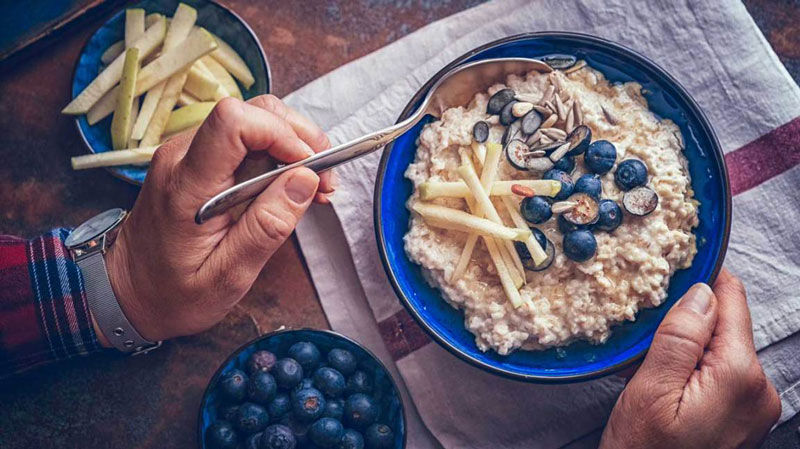
Final word
Carb cycling is an advanced dieting method used to manage carbohydrates. Dieters literally alternate between high-, low-, and- no-carb days throughout the week.
The standout benefit of carb cycling for most people is body composition. By eating fewer carbs on certain days, they create a scenario perfect for fat burning, leading to an overall leaner physique. Many even do this while in a calorie deficit to cause a weight loss effect too.
Carb cycling also helps break through plateaus caused by stationary diets. The regular switch between high- and low-carb days helps maintain a healthy metabolism, while the consistent re-feeds keep hormones in check.
It’s also much easier to stick to a restrictive plan when you know you can enjoy your favorite macro in a few days.
So, do you think you’re ready to give carb cycling a go? Head back up through this article, grab your TDEE, work out your macros, and dive right in.
Good luck, bro. We’ll be seeing you rocking that sick pack pack like a shredded beast.
References
- Gower, B. A. et al. A lower-carbohydrate, higher-fat diet reduces abdominal and intermuscular fat and increases insulin sensitivity in adults at risk of type 2 diabetes. The Journal of Nutrition. 2015
- Dirlewanger, M. et al. Effects of short-term carbohydrate or fat overfeeding on energy expenditure and plasma leptin concentrations in healthy female subjects. International Journal of Obesity, 24(11). 2000
- Ivy, J. L. Glycogen resynthesis after exercise: effect of carbohydrate intake. International Journal of Sports Medicine, 19. 1998
- Kerksick C, et al. Correction: International Society of Sports Nutrition position stand: Nutrient timing. J Int Soc Sports Nutr. 2008
More muscle focused material you might like:
- SpotMeBro’s Complete Guide to Muscle Building
- 5 Best High-Protein Breakfasts for Weight Loss
- How to Burn Chest Fat, Fast!






